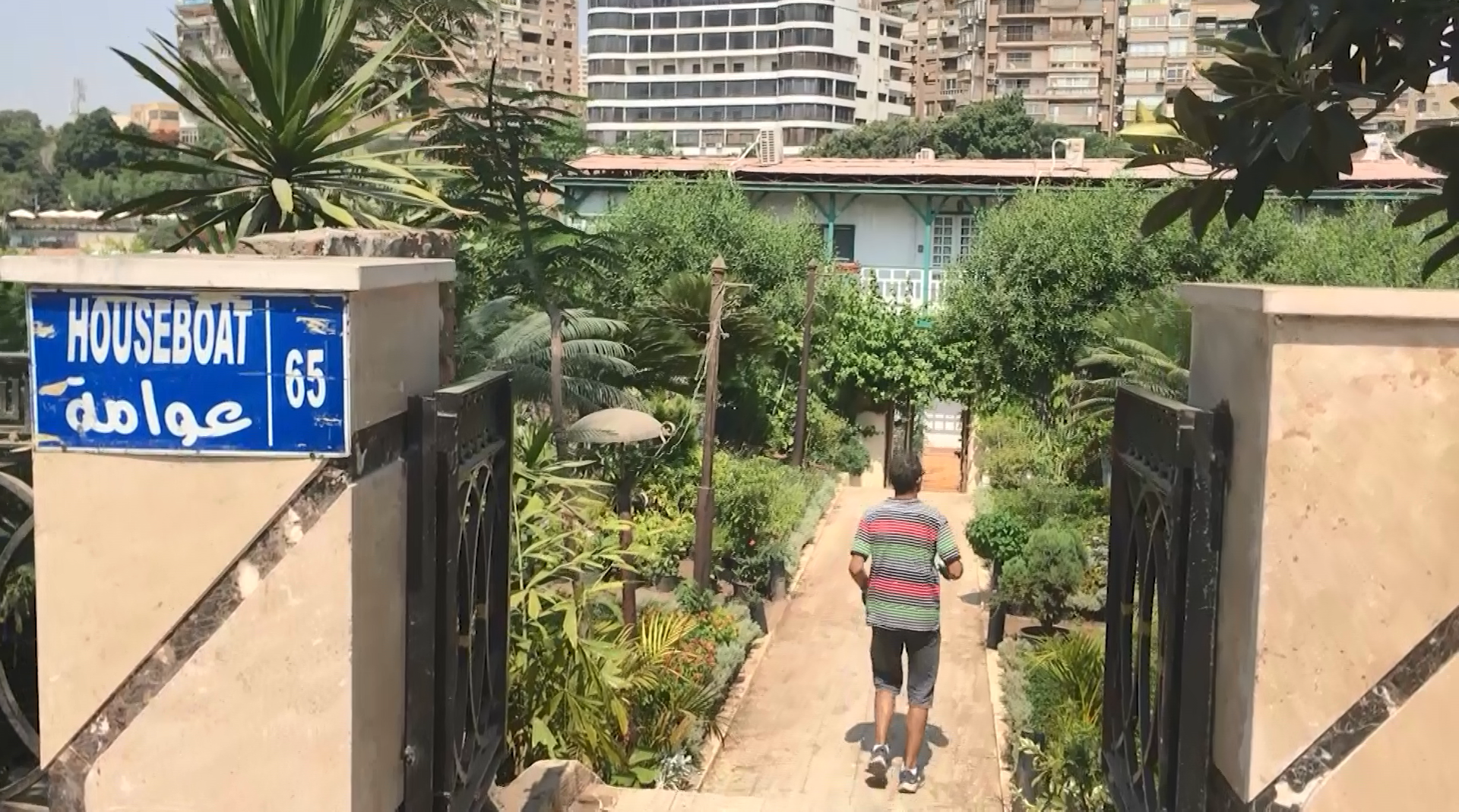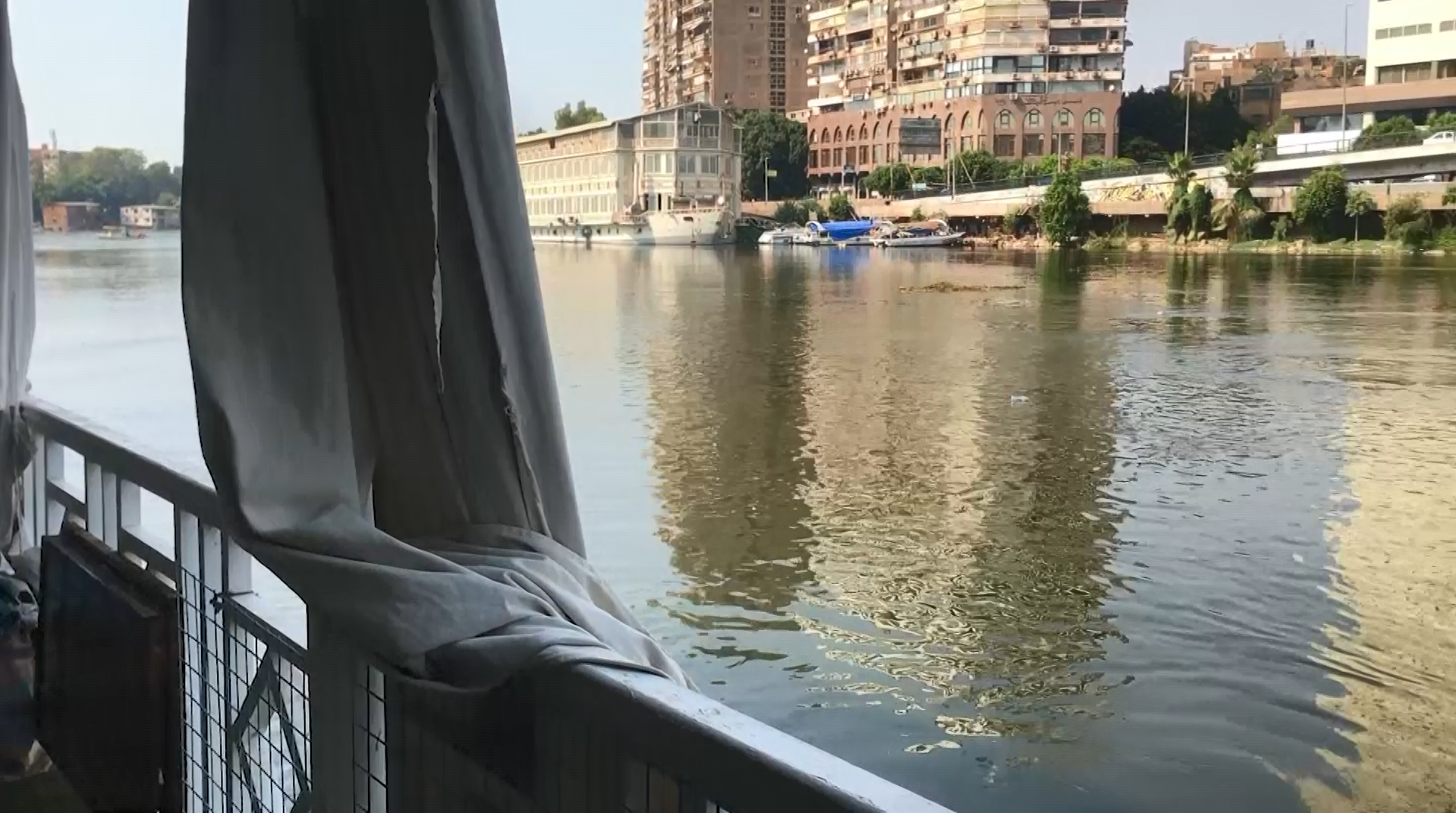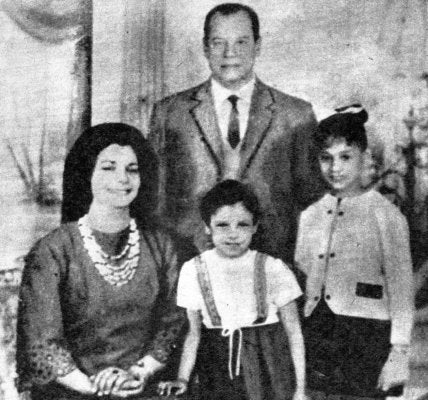Farewell, moonlit nights on the floating houses of the Nile
Work has begun to remove the iconic houseboats immortalised in the novels of Naguib Mahfouz. Sayyed Mahmoud goes exploring

Your support helps us to tell the story
From reproductive rights to climate change to Big Tech, The Independent is on the ground when the story is developing. Whether it's investigating the financials of Elon Musk's pro-Trump PAC or producing our latest documentary, 'The A Word', which shines a light on the American women fighting for reproductive rights, we know how important it is to parse out the facts from the messaging.
At such a critical moment in US history, we need reporters on the ground. Your donation allows us to keep sending journalists to speak to both sides of the story.
The Independent is trusted by Americans across the entire political spectrum. And unlike many other quality news outlets, we choose not to lock Americans out of our reporting and analysis with paywalls. We believe quality journalism should be available to everyone, paid for by those who can afford it.
Your support makes all the difference.This article first appeared in our partner site, Independent Arabia
In a matter of days, the Nile River in Cairo will no longer be the same, and residents will mourn the loss of one of its most prominent features. Plans to remove the river’s iconic houseboats are going ahead next week. Some of these historic houseboats have been moored on the riverbank for over a century, representing a unique urban space that was immortalised in literature and cinema. They represent a unique “architectural identity”, many believe worthy of protection and preservation.
From inside one of these houseboats, renowned Egyptian novelist Ahdaf Soueif called on the authorities to stop the demolition, confirming that the houseboat she lives in was among those scheduled for removal despite its legal status.
This comes after Michel Hanna, a researcher of Cairene Architecture, publicised the state’s plans to remove up to 32 houseboats, among 300 moored along the riverbank along the Kit Kat neighbourhood in Embaba. Hanna believes that these houseboats are a part of Egypt’s architectural history, and a sign of its diversity and uniqueness, not to mention their link to Egypt’s cultural and artistic heritage.

Pictures of the demolition were featured in the news and on social media. In a video posted by Ahdaf Soueif on social media, she said “the removal would be over by the 4th of July”, describing the action as a sudden forced displacement. “Living in a houseboat was an aesthetic and environmentally-friendly choice for several different generations of artists and intellectuals,” she said.
Soueif noted that houseboat owners had legal status, as well as registered property titles and permits. She rejected reports that justified demolition orders by claiming that they were “issued on the basis of environmental concerns”.
Speaking to Independent Arabia, she stressed, “They claim the houseboats are dilapidated, while voicing at the same time their readiness to negotiate with owners to turn some of them into restaurants and cafes once the required permits were secured.”
Notably, a previous decision to remove these houseboats was made in the 1960s but the Egyptian president Gamal Abdel Nasser abandoned plans after pleas from houseboat owners.

It was said then that his Prime Minister Zakaria Mohieddin succeeded in moving them from the Zamalek and Ajouza districts to the riverbanks of the Kit Kat neighbourhood in 1966. Some argued that the decision was a personal one, as the minister would row along the Nile and felt that houseboats were taking up too much of the river’s surface. His decision was met with fury by houseboat owners, who pleaded Abdel Nasser to interfere. Mohieddin defended his decision, arguing that Naguib Mahfouz had correctly depicted them in his literature as places of debauchery.
The Cairo Trilogy and Adrift on the Nile
In his Cairo Trilogy, the awamat or houseboats serve as a backdrop to the licentious lifestyle of protagonist Ahmad Abdel Jawad who encounters belly dancers there. The houseboats are depicted once more in Adrift on the Nile, this time as a platform for free political expression frequented by a group of hashish smoking rebels who gather to air their rejection of all forms of oppression. Mahfouz describes the houseboat in his famous novel, “The houseboat lay still on the leaden waters of the Nile, as familiar to him as a face. To the right there was an empty space, once occupied by another houseboat before the current swept it away, and to the left, on a wide bank of the shore, a simple mosque surrounded by a mud-brick wall and spread with shabby matting.”
Some biographies of the Children of Gebelawi writer state that he once lived on a houseboat after getting married. However, his wife felt they were ill-omened after a neighbour’s child fell into the Nile. She insisted on leaving the houseboat.

Meanwhile, activists have launched a “Save Cairo Houseboats” campaign which invites entries on the history and heritage of these dwellings, unveiling historic facts about them and highlighting their links to famous figures. Famous faces who have owned houseboats include illustrious artists such as Badi’a Masabni, Naguib el-Rihani, Monirah Al Mahdiyya, singer Muhammad Abd Al Muttalib, belly dancer Tahiyya Karioka, and dancer and actress Samia Gamal. Campaign followers highlighted how poet Hafiz Ibrahim was called “poet of the Nile” for having come into the world aboard one of these houseboats.
Campaigners defending the Cairo houseboats include influential cultural names. Soheir Hawas, winner of the State Appreciation Award for Arts and Architecture in 2022, said she was born in one of these houseboats which belonged to her father, the late architect Zaki Hawas.”Why are the houseboats being removed now?”, she asked, adding sarcastically “I am optimistic about this decision, as it may lead to the removal of all illegal construction along the Nile, like exclusive clubs built higher than the law allows, blocking the Nile from view and monopolising it while it should be an open view for all to see as it was a gift from God to Egyptians. If this is the goal, then waste no time in removing every single wall built on the Nile riverbank”.
Artist Mohamed Abla called on all photographers and visual artists to document demolition works up-close, and conserve the memory of Cairo’s rich architectural heritage for the ages. He entitled his message “Save Cairo’s Cultural Heritage”, and posted many of his artworks depicting the houseboats whose destruction has effectively begun.
Reviewed by Tooba Ali and Celine Assaf
Join our commenting forum
Join thought-provoking conversations, follow other Independent readers and see their replies
Comments